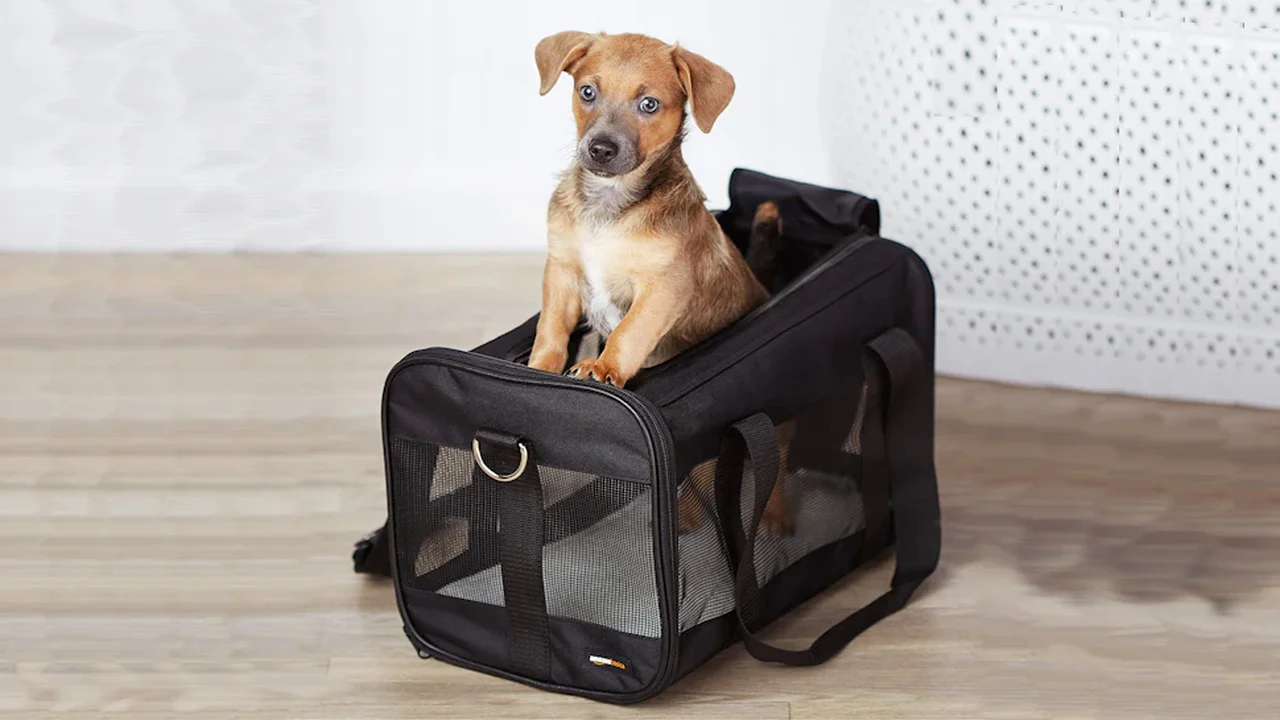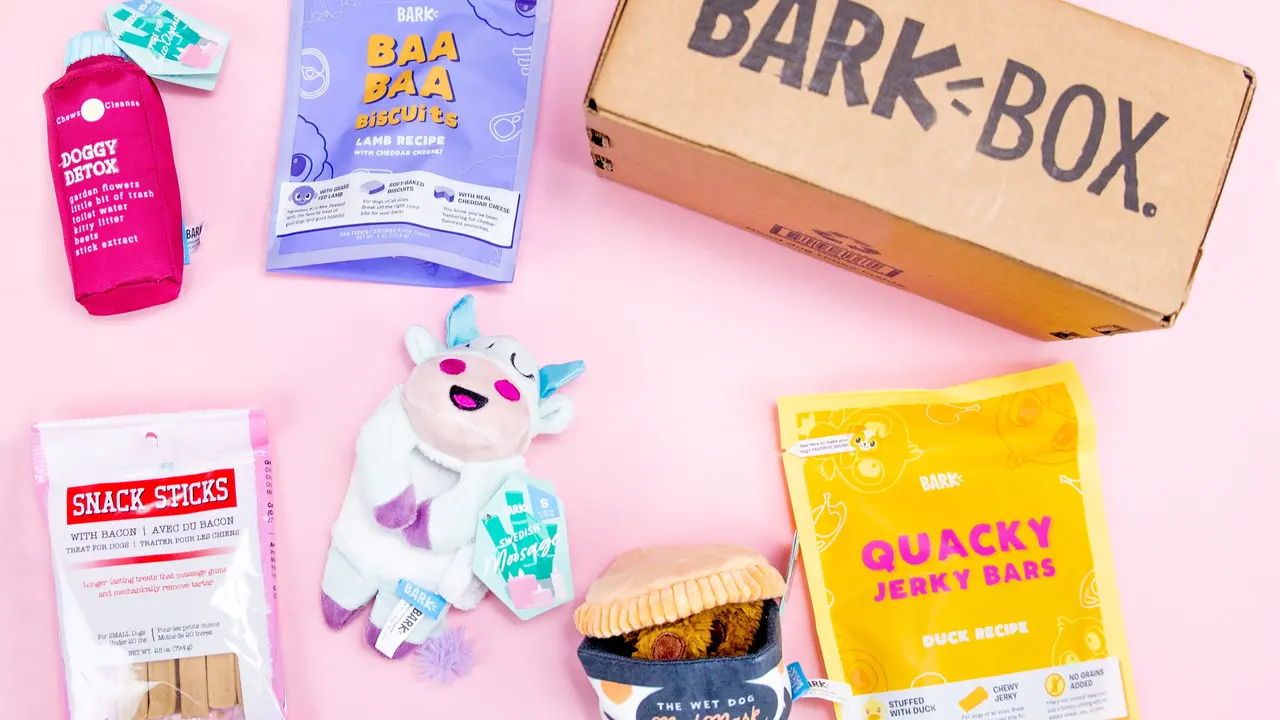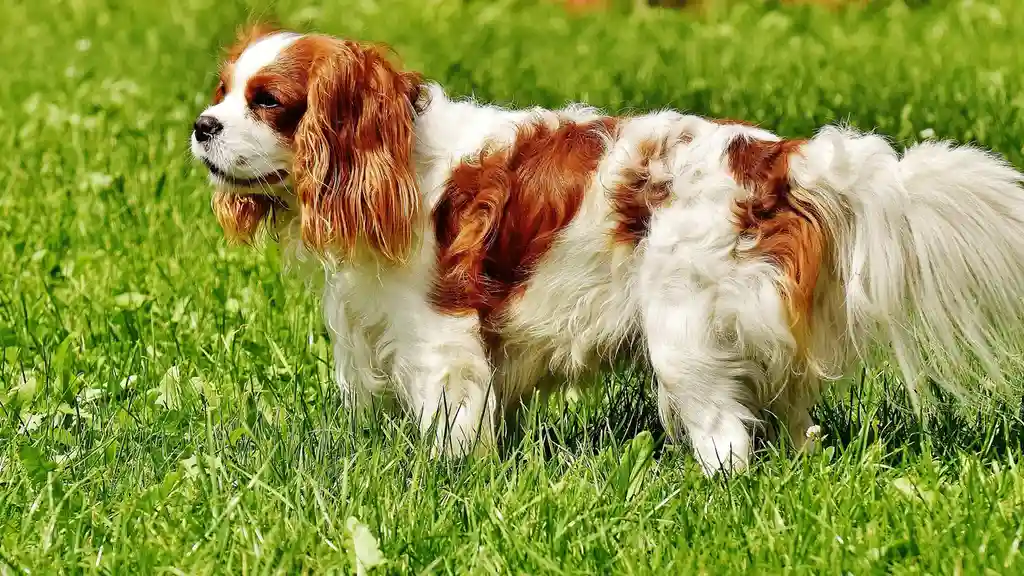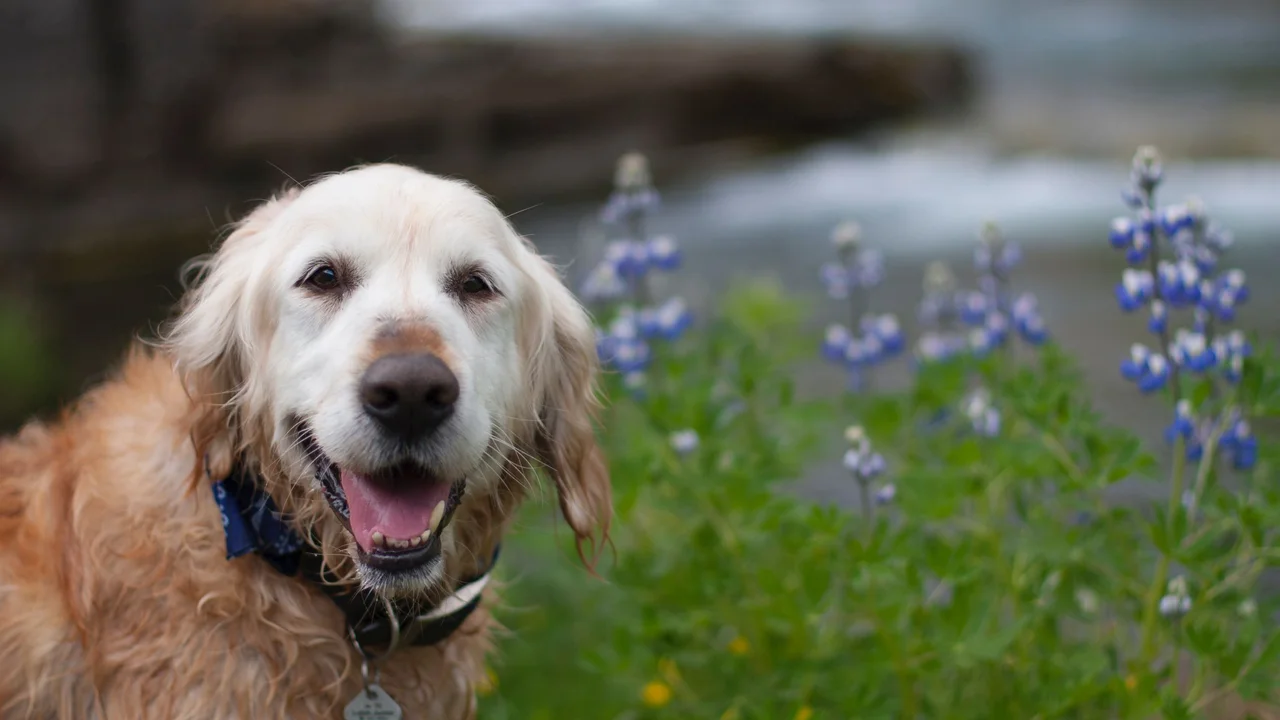The Most Common Pet Poisons and How to Prevent Them
Pet insurance can help you afford veterinary care. This article ranks the top insurance companies. Protect your pet and your wallet with pet insurance.

Understanding Common Pet Poisons and Toxins
Okay, let's talk about something a little scary but super important: pet poisons. We all love our furry, scaly, or feathered friends, and the thought of them getting sick from something they ingested is terrifying. But knowing what's dangerous and how to prevent exposure can make all the difference. This isn't about scaring you; it's about arming you with the knowledge to keep your pet safe. We'll cover common household items, outdoor dangers, and even some foods that are toxic to pets.
Household Hazards and Pet Safety Tips
Your home, which is supposed to be a safe haven, can actually be full of potential dangers for your pet. Let's break down some of the most common culprits:
Cleaning Products: A Recipe for Disaster Avoidance
Bleach, detergents, disinfectants – these are all essential for keeping our homes clean, but they are incredibly toxic if ingested. Always store cleaning products in a secure location, well out of reach of your pets. Clean up spills immediately and ensure surfaces are completely dry before allowing your pet access.
Example: I remember once, my friend's dog, Max, a curious Labrador, managed to knock over a bottle of floor cleaner in the laundry room. Luckily, my friend caught him before he could ingest much, but it was a frantic trip to the vet. Keep those bottles locked up!
Medications: Human and Pet Medications Safety
Never give your pet human medication unless specifically directed by your veterinarian. Many human medications, like ibuprofen and acetaminophen, are toxic to pets. Similarly, don't share pet medications between animals without veterinary advice. Even seemingly harmless vitamins can be dangerous in the wrong dose. Keep all medications, both human and pet, in childproof containers and out of reach.
Scenario: Imagine dropping a painkiller on the floor and your dog quickly snatches it up. Even a small dose of acetaminophen can cause liver damage in dogs. Be extra vigilant!
Pest Control Products: Ant Baits, Rodenticides, and Insecticides
Ant baits, rodenticides (rat poison), and insecticides are designed to kill pests, and they can be deadly to pets as well. Use these products with extreme caution. Consider pet-safe alternatives whenever possible. If you must use traditional pest control, place baits in areas inaccessible to your pet, such as behind appliances or inside cabinets. Monitor your pet closely for any signs of poisoning.
Product Recommendation: Consider using diatomaceous earth (food grade) for pest control. It's a natural, non-toxic option for controlling fleas and other insects. You can sprinkle it around your yard or even lightly dust your pet's fur (avoiding eyes and nose).
Essential Oils: Are Essential Oils Toxic to Pets?
While essential oils are popular for aromatherapy, many are toxic to pets, especially cats. Inhalation or ingestion can cause respiratory distress, liver damage, and other serious problems. If you use essential oils, diffuse them in well-ventilated areas and never apply them directly to your pet's skin. Keep essential oil bottles out of reach.
Comparison: Lavender oil is often considered safe for humans, but even a small amount can cause nausea and vomiting in cats. Peppermint, tea tree, and citrus oils are also highly toxic.
Outdoor Dangers: Protecting Your Pet from Outdoor Poisons
The great outdoors can be exciting for pets, but it also presents a range of potential hazards:
Antifreeze: A Deadly Sweet Treat and Prevention
Antifreeze has a sweet taste that can be appealing to pets, but it is extremely toxic, even in small amounts. It can cause kidney failure and death. Clean up any antifreeze spills immediately and store it in a tightly sealed container. Consider using propylene glycol-based antifreeze, which is less toxic.
Usage Scenario: Winter car maintenance can be risky. Ensure any spilled antifreeze is thoroughly cleaned before letting your pet near the area.
Pesticides and Herbicides: Lawn Care Products Safety
Lawn care products, such as pesticides and herbicides, can be harmful if ingested or absorbed through the skin. Follow the manufacturer's instructions carefully and allow treated areas to dry completely before allowing your pet access. Consider using organic or pet-safe lawn care products.
Product Recommendation: Look for lawn care products labeled as "pet-safe" or "organic." These products typically use natural ingredients that are less harmful to pets.
Toxic Plants: Common Poisonous Plants for Pets
Many common plants are toxic to pets. These include lilies, azaleas, rhododendrons, tulips, and daffodils. Know which plants are toxic and keep them out of reach of your pet. If your pet ingests a toxic plant, contact your veterinarian immediately.
Comparison: Lilies are particularly dangerous for cats, causing kidney failure. Even a small amount of pollen can be fatal.
Mushrooms: Identifying and Avoiding Toxic Mushrooms
Wild mushrooms can be tempting for curious pets, but some are highly toxic. Avoid letting your pet eat wild mushrooms. If you suspect your pet has ingested a mushroom, collect a sample for identification and contact your veterinarian immediately.
Prevention Tip: When walking your dog in wooded areas, keep them on a leash and monitor their behavior closely.
Food Hazards: Common Foods Poisonous to Pets
You might be tempted to share your food with your pet, but some human foods are toxic to them:
Chocolate: A Dangerous Treat and Safe Alternatives
Chocolate is toxic to dogs and cats due to the presence of theobromine. The darker the chocolate, the more toxic it is. Symptoms of chocolate poisoning include vomiting, diarrhea, hyperactivity, and seizures. Keep chocolate out of reach and opt for pet-safe treats instead.
Product Recommendation: There are plenty of dog-friendly chocolate alternatives made with carob. They taste good to dogs but don't contain theobromine.
Price Range: Dog-friendly chocolate treats typically range from $5 to $15 per bag.
Onions and Garlic: Toxic Vegetables for Pets
Onions and garlic, whether raw, cooked, or powdered, can damage red blood cells and cause anemia in pets. Avoid feeding your pet foods containing onions or garlic, such as soups, sauces, and gravies.
Scenario: Leftover pizza crust? Don't give it to your dog! It likely contains garlic and onion powder.
Grapes and Raisins: A Mysterious Toxin and Prevention
Grapes and raisins can cause kidney failure in dogs. The exact mechanism of toxicity is unknown, but even a small amount can be harmful. Avoid feeding your dog grapes or raisins and keep them out of reach.
Awareness: Even seemingly healthy snacks like trail mix can be dangerous if they contain raisins.
Xylitol: A Deadly Sweetener and Safety Measures
Xylitol is an artificial sweetener found in many sugar-free products, such as gum, candy, and toothpaste. It is highly toxic to dogs, causing a rapid release of insulin, leading to hypoglycemia (low blood sugar) and liver failure. Keep products containing xylitol out of reach and read labels carefully.
Actionable Advice: Check the ingredient list of your toothpaste and sugar-free gum. Many contain xylitol.
Alcohol: Avoiding Alcoholic Beverages for Pets
Alcohol is toxic to pets, causing central nervous system depression, respiratory failure, and death. Never give your pet alcoholic beverages or allow them access to alcohol-containing products, such as hand sanitizer or mouthwash.
Recognizing the Signs of Poisoning: What to Look For
Early detection is crucial. Be aware of these common symptoms:
- Vomiting
- Diarrhea
- Lethargy
- Loss of appetite
- Excessive drooling
- Tremors
- Seizures
- Difficulty breathing
- Collapse
What to Do If You Suspect Poisoning: Emergency Steps
If you suspect your pet has been poisoned, act quickly:
- Stay Calm: Your pet will sense your panic. Try to remain calm and focused.
- Remove the Source: If possible, remove the source of the poison from your pet's reach.
- Contact Your Veterinarian: Call your veterinarian immediately. They will advise you on the best course of action.
- Call the Pet Poison Helpline: If you can't reach your veterinarian, call the Pet Poison Helpline (855-764-7661). A consultation fee may apply.
- Provide Information: Be prepared to provide the following information:
- Your pet's species, breed, age, and weight
- The name of the substance your pet ingested (if known)
- The amount your pet ingested (if known)
- The time your pet ingested the substance
- Any symptoms your pet is exhibiting
- Follow Instructions: Follow your veterinarian's or the Pet Poison Helpline's instructions carefully. They may advise you to induce vomiting, but only do so if instructed.
- Bring a Sample: If possible, bring a sample of the suspected poison to the veterinary clinic.
Prevention is Key: Creating a Safe Environment
The best way to protect your pet from poisoning is to prevent exposure in the first place. Here are some additional tips:
- Store all potentially toxic substances in secure locations, out of reach of your pet.
- Read labels carefully and follow instructions for all products.
- Be aware of the plants in your home and yard and remove any that are toxic to pets.
- Supervise your pet closely when they are outdoors.
- Keep your pet away from areas that have been treated with pesticides or herbicides.
- Never give your pet human medication without consulting your veterinarian.
- Educate yourself about common pet poisons and share this information with other pet owners.
By taking these precautions, you can create a safer environment for your beloved pet and help prevent accidental poisoning. Remember, a little vigilance can go a long way in protecting your furry friend's health and well-being.
:max_bytes(150000):strip_icc()/277019-baked-pork-chops-with-cream-of-mushroom-soup-DDMFS-beauty-4x3-BG-7505-5762b731cf30447d9cbbbbbf387beafa.jpg)






